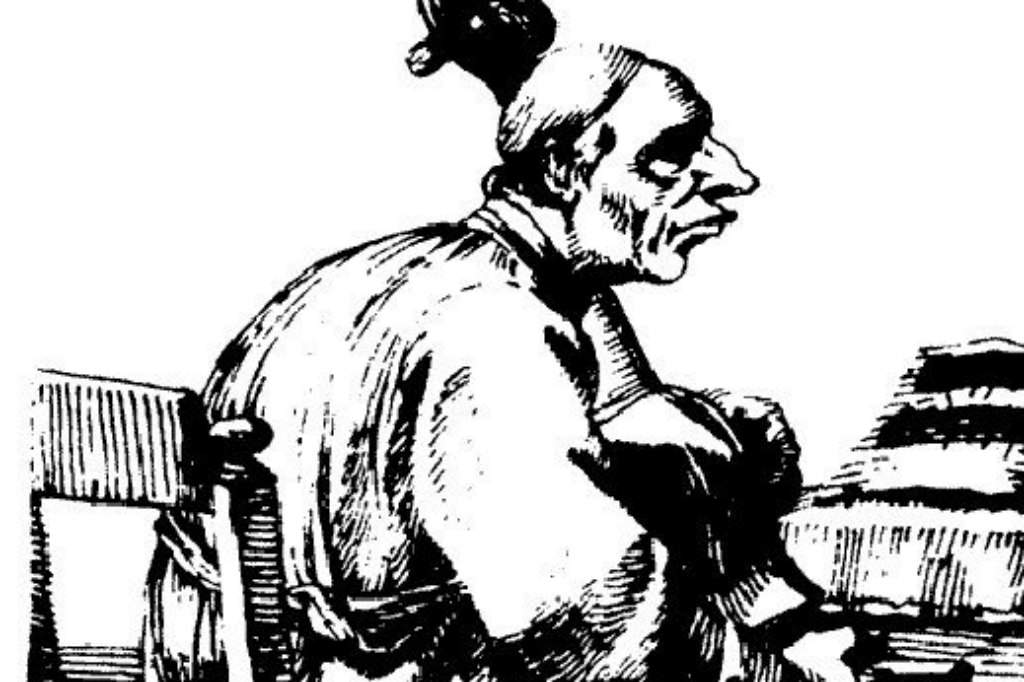
Composer and Priest
The 18th century Italian cellist, Antonio Vandini, was like his contemporary, Antonio Vivalidi—also a priest. The first record of Father Vandini his as the first cellist at the Basilica di Santa Maria Maggiore in Bergamo. In 1720, he worked briefly at the Ospedale della Pietà in Venice with Antonio Vivaldi for a period of about six months. In 1721, Vandini started a roughly 50 year tenure with the Paduan Basilica orchestra, interrupted in 1722 by a hiatus in Prague with his close friend and colleague, violinist Giuseppe Tartini.
Lifelong Friends
In Prague, Vandini and Tartini worked for Count Ferdinand Francesco Kinsky. In 1726 the lifelong friends returned to Padua, staying for the rest of their careers. In 1769, the Vandini invited Tartini, who had recently lost his wife, to stay with him. Tartini died the following year and Vandini eventually moved back to the place of his birth in Bologna, where he died in 1778.
Five-String Cello and Piccolo Cellos
For this recording, Mostacci, who teaches cello at the Bologna Conservatory, plays a small 5-string G.F. Leonporri cello, that dates from around 1750. Mostacci’s choice of a small 5 string cello for this recording aligns with one type of instrument in use at Vandini’s time in the Bolognese school of playing in Italy.
Early 18th century cellos were not standard in terms of tuning or number of strings, and especially not in terms of size. In his performance treatise, Johann Joachim Quantz speaks of using larger cellos with thicker strings and heavier bows for continuo and ensemble playing, and smaller ones, or piccolo cellos, often equipped with an extra top E string to facilitate virtuosic solo playing in a higher tessitura. Vandini especially pushes the limits of the baroque cello’s technique and upper ranges in the A minor sonata.
Smaller solo cellos could be played down on the leg—da gamba style—or in the case of even smaller cellos, up on the shoulder, that is in the "da braccio" or "da spalla" style.
Cello Bow Hold
Cellists also held their bows a variety of ways, not always overhanded like modern cellist do, but underhanded in the manner of a viol player. This is similar to what modern day bass players call the “german” bow grip.
After his travels to Italy, 18th century music historian Charles Burney wrote: ‘It is remarkable that Antonio [Vandini] and all the other violoncello players here, hold the bow in the old fashioned way, with the hand under it’. Vandini’s portrait shows him playing in this position. Burney also commented on the rhetorical or spoken quality, of Vandini’s playing, a parlare.
Bologna Baroque
Many cellist’s know Vandini almost solely on the basis of his Concerto in D, and, from his two cellos sonatas printed in London. However, the attribution of these two published sonatas has been called into question. In a new recording, Antonio Mostacci of Bologna Baroque champions Vandini’s 6 other surviving sonatas for cello, prepared for this 2018 recording from manuscript sources.









